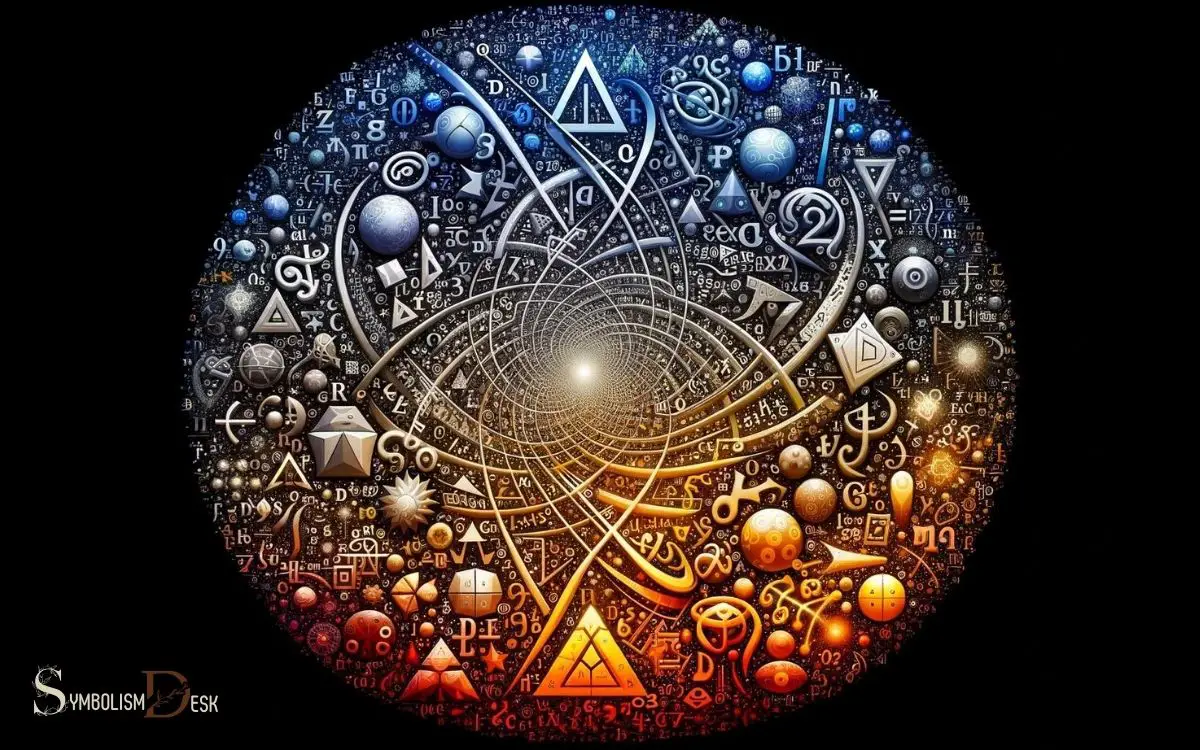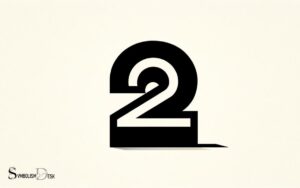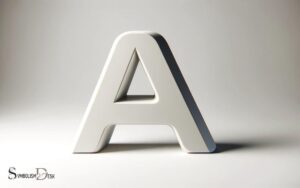How Many Math Symbols Are There? Explain!
There are over 100 distinct mathematical symbols that are used in various branches of mathematics.
The exact number can vary as new symbols are occasionally introduced for advanced concepts, and some symbols may have multiple meanings in different contexts.
The variety of mathematical symbols includes:
Mathematical symbols are not only tools for computation but also serve as a universal language that enables mathematicians and scientists worldwide to communicate complex ideas succinctly.
Math symbols simplify complex numerical expressions and help in advancing mathematical thought and theory.

Key Takeaway
Comprehensive List of Mathematical Symbols and Their Meanings
| Category | Symbols | Description |
|---|---|---|
| Basic Arithmetic | +, -, ×, ÷ | Symbols for common calculations |
| Algebra | x, y, z, =, ≠, <, >, ≤, ≥ | Variables and relational symbols |
| Geometry | ∠, °, ∥, ⊥, △ | Symbols used in geometric proofs |
| Calculus | ∫, d/dx, ∂, ∆, Σ | Differentiation and integration symbols |
| Set Theory | ∪, ∩, ⊆, ⊂, ∅, ∈, ∉ | Symbols for set operations |
| Logic | ∧, ∨, ¬, →, ↔ | Logical operators and relations |
| Special Constants | π, e, i, ∞ | Represent fundamental mathematical constants |
The Origins of Math Symbols
The origins of math symbols can be traced back to ancient civilizations such as the Babylonians and Egyptians, who used rudimentary notations for mathematical concepts.
These early symbols were essential for recording numerical information, such as quantities of goods or astronomical observations.
The Babylonians, for instance, developed a base-60 positional notation system around 300 BC, which included a symbol for zero.
This innovation laid the groundwork for our modern numeric system. Similarly, the Egyptians used hieroglyphs to denote numbers and mathematical operations, with evidence dating back to around 3000 BC.
These ancient mathematical notations were crucial for trade, architecture, and surveying, demonstrating the practical applications of math symbols in early societies.
Through the centuries, these foundational symbols have evolved into the diverse set of mathematical notations and symbols used today.
Commonly Used Arithmetic Symbols
The field of mathematics relies on a set of commonly used arithmetic symbols to convey mathematical operations and relationships.
These symbols encompass basic arithmetic operations such as addition, subtraction, multiplication, and division, along with the representation of the order of operations.
Understanding the meanings and applications of these symbols is fundamental to effectively interpreting and solving mathematical problems.
Basic Arithmetic Symbols
How many basic arithmetic symbols are commonly used in mathematics? In mathematics, there are several commonly used basic arithmetic symbols. These symbols include the plus (+), minus (-), multiplication (×), and division (÷) symbols. Additionally, mastering math symbol drawing techniques is essential for accurately representing mathematical operations and equations. By understanding and practicing the proper techniques for drawing these symbols, mathematicians and students can convey their mathematical ideas more effectively.
These include the plus sign (+) for addition, the minus sign (-) for subtraction, the multiplication sign (× or *) for multiplication, the division sign (÷ or /) for division, the equals sign (=) for indicating equality, and the percent sign (%) for denoting a proportion out of 100.
These symbols form the foundation of basic arithmetic operations and are essential for expressing mathematical relationships and equations.
Understanding these symbols is fundamental for anyone working with numbers, whether in everyday calculations or advanced mathematical concepts.
Mastery of these basic arithmetic symbols is crucial for building a strong mathematical foundation and for further exploration into more complex mathematical principles.
Order of Operations
Order of operations in mathematics plays a critical role in determining the sequence of basic arithmetic symbols used to solve mathematical expressions. When solving expressions, it is essential to follow the order of operations to obtain accurate results.
The commonly used arithmetic symbols follow a specific sequence, which is as follows:
- Parentheses or Brackets
- Exponents or Indices
- Multiplication and Division (from left to right)
- Addition and Subtraction (from left to right)
Understanding and adhering to the order of operations ensures that mathematical expressions are solved consistently and correctly.
By following this sequence, mathematicians and students can avoid ambiguity and arrive at the accurate solutions for complex expressions.
Symbol Meanings in Math
Symbol meanings in math are essential for understanding the functions and operations represented by commonly used arithmetic symbols.
The plus symbol (+) indicates addition, the minus symbol (-) signifies subtraction, the multiplication symbol (×) represents multiplication, and the division symbol (÷) denotes division.
Parentheses () are used to indicate the order of operations or to group numbers and operations together. The equals sign (=) is used to show that two quantities are the same.
Additionally, the percent symbol (%) denotes a proportion out of 100, and the greater than (>) and less than (<) symbols are used to compare the magnitude of two numbers.
Understanding these meanings is crucial for correctly interpreting and solving mathematical equations.
Specialized Symbols in Calculus
Specialized symbols in calculus play a crucial role in representing mathematical concepts and operations within the field of calculus. These symbols aid in expressing complex mathematical ideas concisely and precisely.
Some of the specialized symbols used in calculus include:
- ∫: Represents the integral of a function, indicating the accumulation of quantities over an interval.
- d/dx: Denotes the derivative of a function with respect to the variable x, showing the rate of change of the function.
- ∂: Represents a partial derivative, indicating the derivative of a function with respect to one of its variables while holding others constant.
- lim: Denotes a limit, representing the value that a function approaches as the input approaches a certain value.
These symbols are fundamental in conveying and manipulating mathematical concepts in calculus.
Symbols in Algebra and Geometry
Algebra and geometry incorporate a significant number of mathematical symbols essential for expressing relationships, operations, and properties within these branches of mathematics.
In algebra, symbols such as variables (e.g., x, y) are used to represent unknown quantities, while mathematical operations are denoted by symbols like + (addition), – (subtraction), * (multiplication), and / (division).
Additionally, algebraic expressions and equations utilize symbols like = (equality) and parentheses ( ) to indicate the order of operations.
In geometry, symbols represent geometric shapes, angles, and transformations, including common symbols such as ∠ (angle), ∆ (triangle), and ⊥ (perpendicular).
Furthermore, geometric properties and relationships are often expressed using symbols like ≅ (congruent) and ~ (similar). Understanding these symbols is crucial for effectively communicating mathematical concepts in both algebra and geometry.
Symbols in Set Theory and Logic
As we transition into the realm of set theory and logic, it is imperative to recognize the extensive array of symbols employed to represent fundamental concepts within these mathematical domains.
Set Theory Symbols:
- ∅: Empty set
- ∈: Element of
- ⊂: Subset
- ∪: Union
Logic Symbols:
- $ eg$: Negation
- ∧: Conjunction
- ∨: Disjunction
- →: Implication
Set theory symbols such as ∅ for the empty set and logic symbols like $ eg$ for negation play crucial roles in expressing mathematical ideas.
These symbols enable concise representation and manipulation of complex concepts, fostering a deeper understanding of mathematical structures and logical reasoning. Mastery of these symbols is fundamental for advanced studies in mathematics and related fields.
Symbols in Number Theory
Number theory is a branch of mathematics that deals with the properties and relationships of numbers. In this context, prime numbers and their symbols, as well as notation for divisibility, play a crucial role.
Understanding the symbols used in number theory is essential for exploring the fundamental concepts and principles within this field.
Prime Number Symbols
In number theory, there are several symbols used to represent prime numbers, each serving a distinct purpose in the study of their unique properties.
Some of the prime number symbols include:
- P: Often used to denote the set of prime numbers.
- p: Represents an arbitrary prime number.
- π(x): Denotes the prime-counting function, giving the number of prime numbers less than or equal to x.
- φ(n): Represents Euler’s totient function, which gives the number of positive integers less than or equal to n that are coprime to n.
Understanding these symbols is crucial in the exploration of prime numbers and their characteristics.
Notation for Divisibility
The transition from prime number symbols to notation for divisibility in number theory involves understanding the various ways in which divisibility is represented.
In number theory, several symbols and notations are used to express divisibility. The most common symbol is the vertical bar “|”, read as “divides.”
For instance, “a | b” means “a divides b.” Another important notation is the use of the congruence symbol “≡” to indicate that two numbers have the same remainder when divided by a given integer.
Additionally, the notation of the greatest common divisor (GCD) and least common multiple (LCM) are essential in expressing divisibility relationships between numbers.
Understanding these symbols and notations is crucial for grasping the concepts and theorems in number theory.
Symbols in Probability and Statistics
There are numerous symbols used in probability and statistics to represent mathematical concepts and operations.
Some of the key symbols used in probability and statistics include:
- μ (Mu): Represents the population mean.
- σ (Sigma): Denotes the standard deviation of a population.
- Σ (Sigma): Indicates summation or the addition of a series of numbers or variables.
- P(A): Represents the probability of an event A occurring.
These symbols play a crucial role in conveying complex mathematical ideas in a concise and standardized manner, allowing statisticians and mathematicians to communicate and work with data and probability distributions effectively.
Understanding these symbols is essential for interpreting and working with statistical and probabilistic information.
Unveiling the Diversity of Mathematical Symbols
Uncovering the myriad mathematical symbols used across various branches of mathematics reveals the rich and diverse lexicon essential for precise mathematical communication.
From the familiar plus and minus signs to the more complex symbols used in calculus, linear algebra, and beyond, the diversity of mathematical symbols reflects the breadth and depth of mathematical concepts.
Not only do these symbols represent quantities and operations, but they also convey relationships, transformations, and structures within mathematical systems.
The notation used in different branches of mathematics, such as algebraic, geometric, or logical symbols, serves as a universal language that facilitates the expression and manipulation of mathematical ideas.
Understanding and utilizing this diverse array of symbols is crucial for effective communication and collaboration in the field of mathematics.
Conclusion
The diversity of mathematical symbols is vast, ranging from common arithmetic symbols to specialized symbols in calculus, algebra, geometry, set theory, logic, number theory, and probability and statistics.
The origins of these symbols are rooted in the rich history of mathematics, reflecting the evolution and complexity of mathematical concepts.
The sheer multitude of math symbols is a testament to the depth and breadth of the field, making it a fascinating and intricate realm of study.






